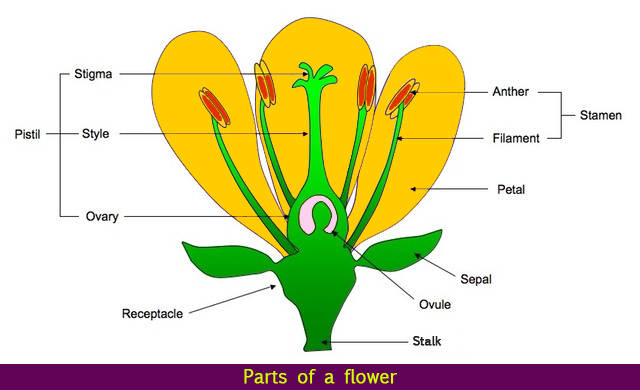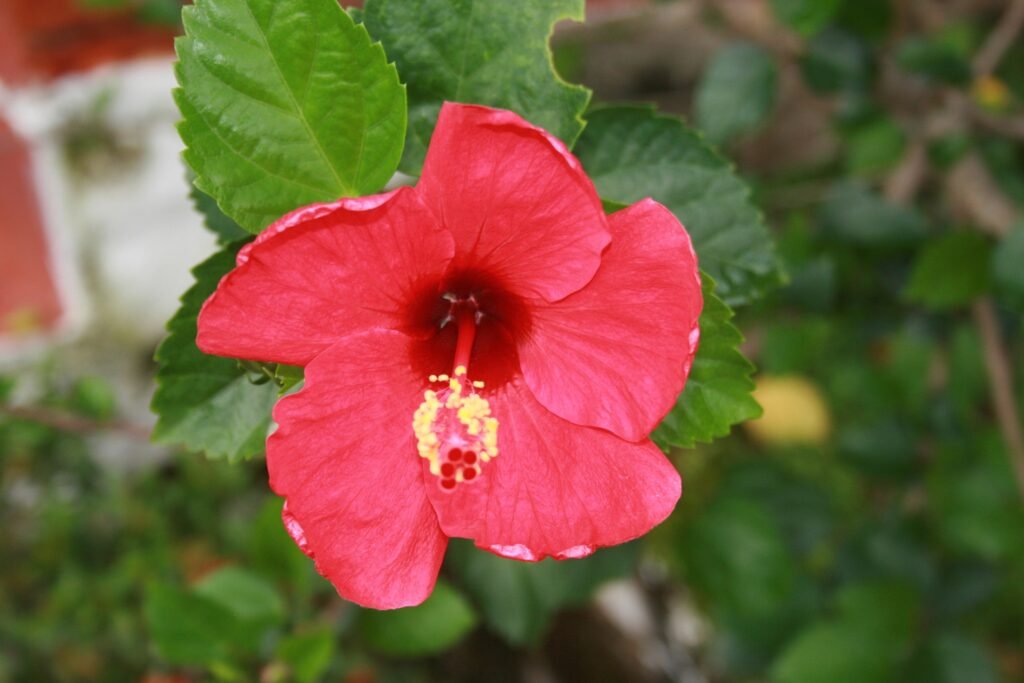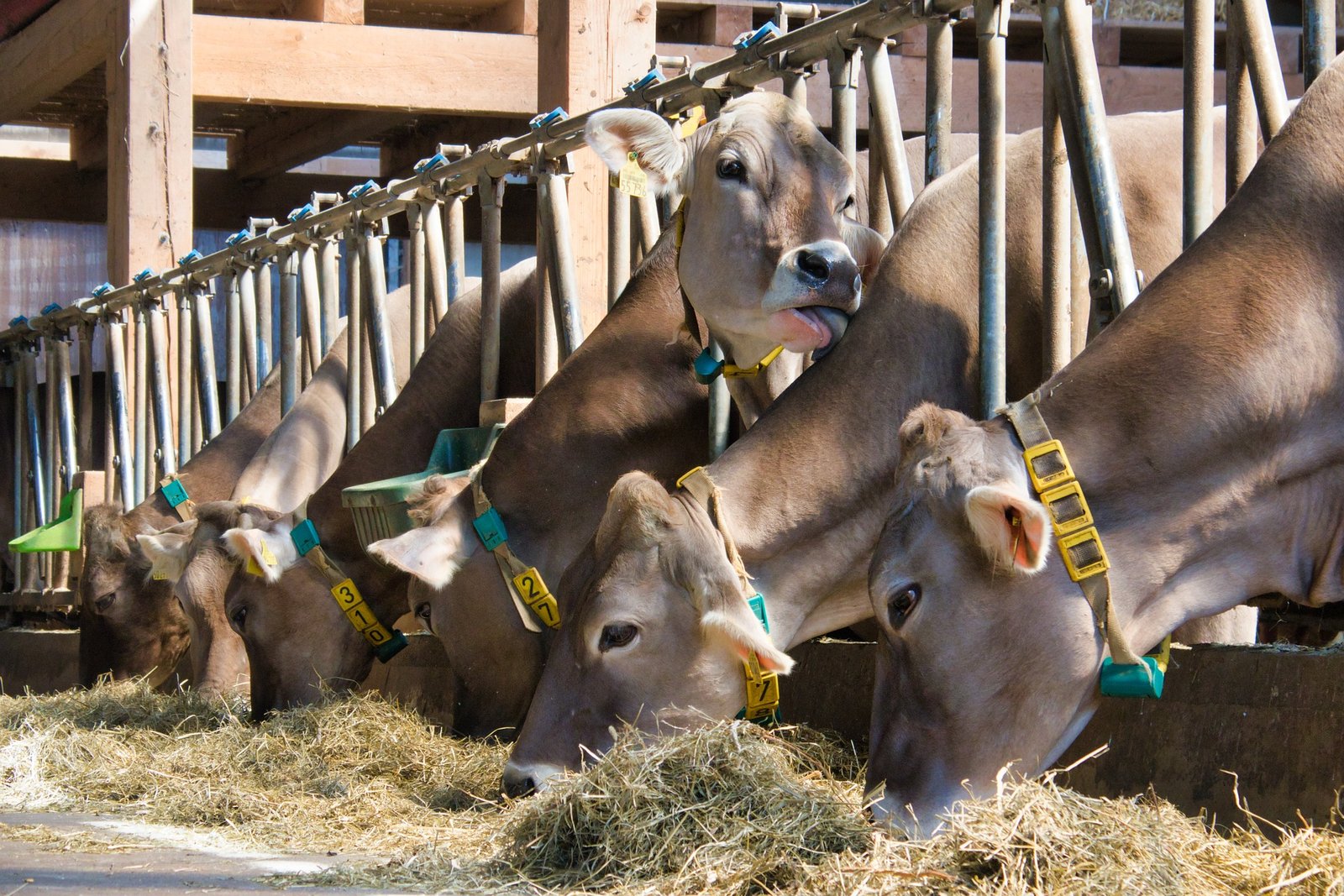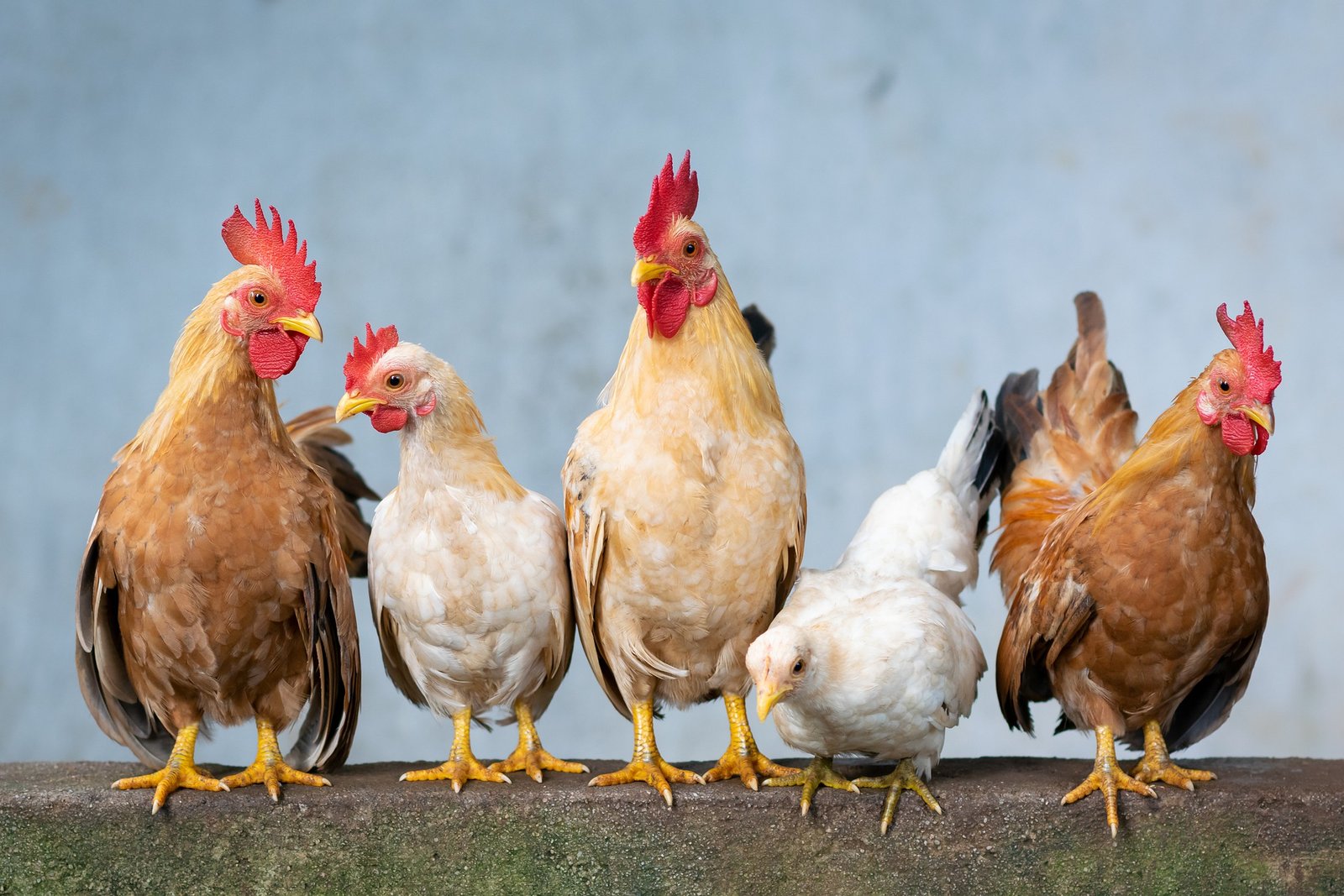We see various kinds of plants around us. They are different in shapes, sizes, and colours & parts of flower. Plants are found everywhere. They are found in forests, fields, lakes, ponds, mountains, seas, deserts, etc. The shape and size of plants vary according to their habitat. A habitat is a location or place where plants and animals live naturally.
Most of the flowering plants consist of two main parts- the shoot above the ground and the roots below the ground. The shoots are usually made up of stem, bearing leaves, buds, and flowers. All of these parts perform different functions. In this lesson, let us learn about different types of roots and their functions.
DIFFERENT TYPES OF ROOTS:
There are three types of Roots in plants. These are known as tap roots, fibrous roots and creeping roots.

TAP ROOTS:
When most seeds germinate, a single root grows vertically downward into the soil. It produces several smaller branches known as secondary roots, forming the whole root system. Such an arrangement of the root is called a tap root system. Mustard,radish,balsam,bean,carrot,turnip,etc.are examples of tap roots.
FIBROUS ROOTS:
The germination of certain kinds of plants, including cereals and other grasses, produces several roots at the time. Lateral roots grow from these roots as the plant develops. Where there is no distinguishable main root, the structure is called a fibrous root system. Fibrous roots contain large numbers of small roots of about equal length. There are also called adventitious roots. Sweet potato, sugarcane, banyan tree, onion, wheat, etc. are examples of fibrous roots.
CREEPING ROOTS:
Some plants have roots that are shallow and long and roots do not go deep into the soil. These roots go a long way from the base of the plant. They cover a large area. They have to find in a small depth of earth the food necessary for the life of the plant.
IMPORTANCE OF ROOTS:
Unlike shoots, roots never bear leaves or buds. They also can not develop chlorophyll. They have two main functions:
1) They absorb water and mineral salts from the soil and pass them to the stem for transmission to other parts of the plant.
2) They anchor the plant firmly in the soil and prevent it from being blown away by wind and water.
In addition, the roots of certain plants like carrots, radish, sweet potato, turnip, etc. act as food stores and become large and swollen. We eat these roots as food.
ROOTS ARE EATEN DURING FAMINE:
When there is no rain in a region for a longer period, it leads to a severe shortage of water, which results in famine. Plants and crops can not grow without water. Animals start dying due to starvation. People are also badly affected. They also can not survive without food and water. Because plants are the primary source of food, people tend to depend on wild edible roots. kernels, grasses, nuts, and barks of the trees. By using the roots of various plants as food they manage to survive during famine.
FLOWERS:
Flowers beautify our surroundings. We can not imagine a world without flowers. Flowers have attractive colours and unique pleasing smell. People create flower gardens for beautifying their surroundings and as a hobby. Some of the attractive flowering plants of gardens are roses, marigold, lily, tulip, jasmine, dahlia, sunflower, petunia, and hibiscus.
SEASON OF FLOWERS:
From all over the world, flowers have been collected to beautify our gardens. Through careful culture, many new varieties have been produced. But all flowers do not grow throughout the year. If we want everlasting beauty in our gardens, then we should grow flowers according to their life span. The life-span is the total duration of life of a plant.
Some plants complete their life-span within one year. For example, rose, pansy, morning glory, and butterfly flowers. These plants flower for only one season.
Some plants require more than one year to complete their life span. These are- rosemary, daisy, lavender, and forget-me-not. We can enjoy the beauty of these flowers for more than one year.
SHAPES, COLOURS, AND PARTS OF FLOWERS:

Different plants bear different kinds of flowers. They are different in their size, shapes, smell, and colour. For example, rose and jasmine flowers smell differently, whereas sunflower and china rose don’t have a smell.
Flowers vary in many ways. Basically, flowers are made up of four parts. These parts make whorls. A whorl means a circle.
SEPALS:
The outermost whorl consists of green, leaf-like structures called sepals. These sepals protect the flower when it is still a bud.
PETALS:
Next to the sepals are the petals. These are generally brightly colored and scented, to attract insects that help in reproduction.
STAMENS:
If we remove the petals we can see the stamens. These are the male parts of the flower. Each stamen consists of a thin green stalk or filament with a bag-like head called the anther. The anther contains pollen grains, which are fine dust-like particles. These take part in reproduction.
CARPELS:
In the centre of the flower rises a flask-shaped structure called carpel. This is the female part of the flower. Its base is slightly swollen and is called the ovary.
However, some flowers have no sepals. In others, sepals and petals are exactly alike. Some may have no stamen and others have no carpels.
USES OF FLOWERS:
Flowers are used for a variety of purposes. Flowers are wonderful gifts to present to a friend or loved one.
Some flowers are used as vegetables such as cauliflower, broccoli and cloves, and globe artichoke.
The petals of some flowers such as roses and marigold have a sweet or spicy taste. They are used to flavour soups and salads. The petals of some flowers such as jasmine, mimosa, and roses contain sweet-smelling oils. These oils are used in preparing perfumes.
They can be used to prepare perfumes.
They can be used to decorate houses.
They can be used in medicines.
WHO IS A FLORIST:
Sometimes, we purchase flowers or bouquet of flowers to present to our friends, relatives, or teachers. The person who sells the flowers is called a florist. The shop where we buy flowers is known as a florist shop. The cost of flowers depends on the quantity and quality of flowers. For example roses are costlier than marigold.
















[…] Parts of Flower & Types of Roots, Importance , Season […]
[…] Parts of Flower & Types of Roots, Importance, Season […]
[…] Parts of Flower & Types of Roots, Importance, Season […]
[…] a) Horticulture crops per hectare yield is higher than other field crops. for example, the fruit area of land gives more yield.b) High income is obtained from one unit area of land.c) Best utilization of wasteland.d) Several industries like canning, essential oils, etc. provide work for many people. Read About:- Parts of Flower & Types of Roots, Importance , Season […]